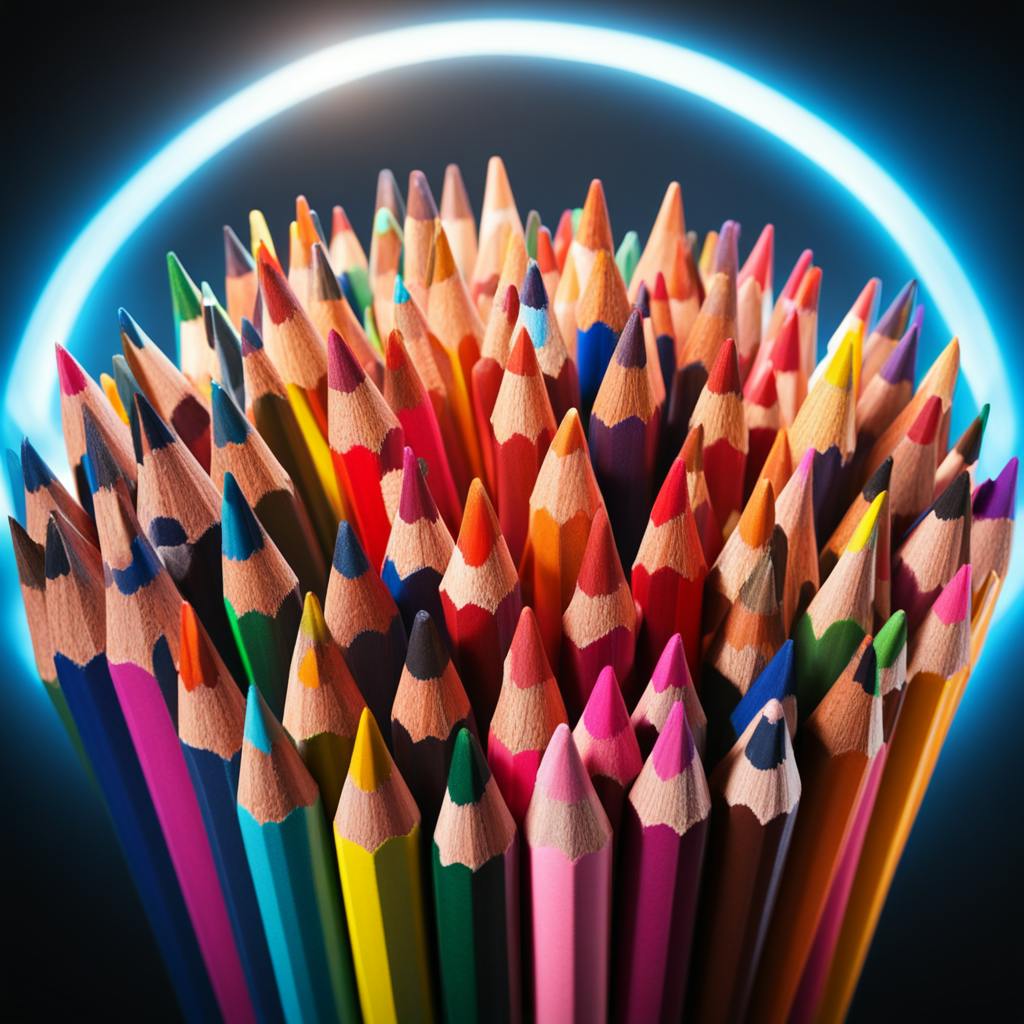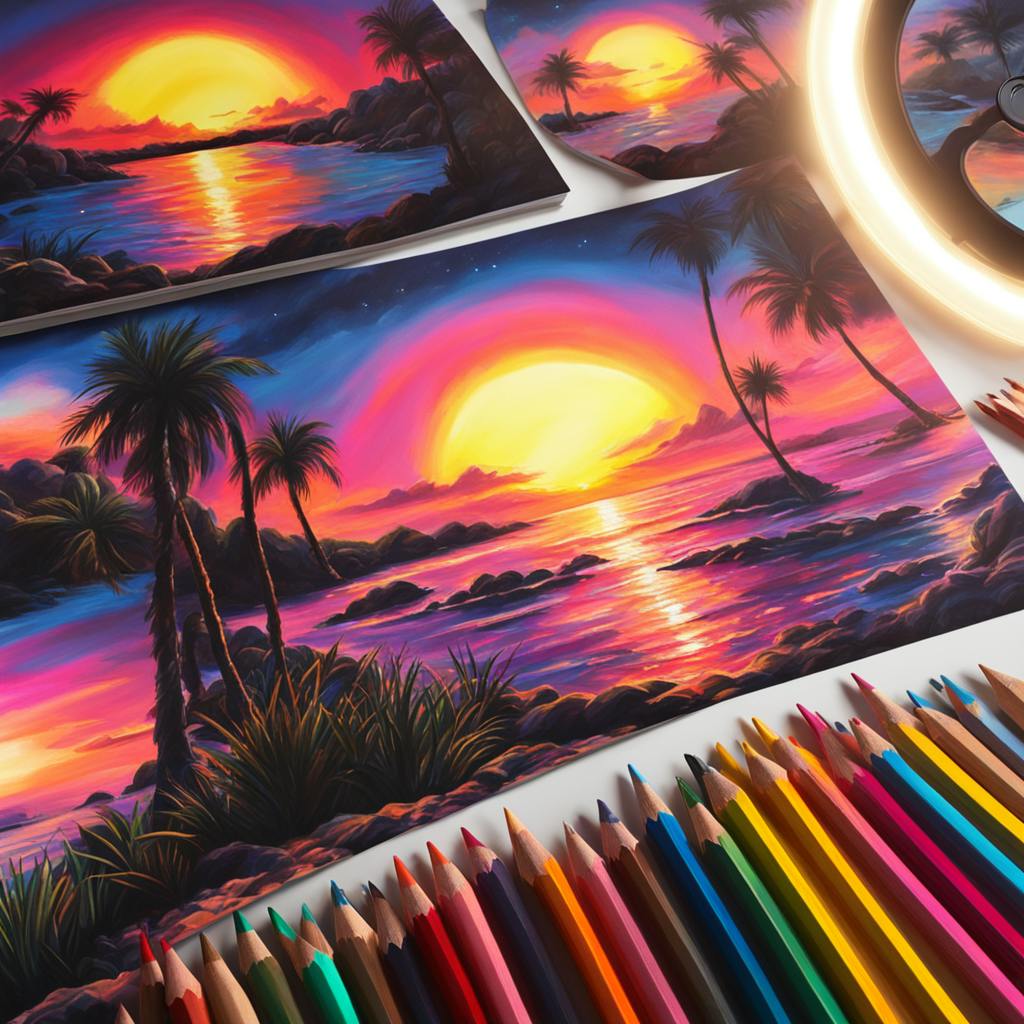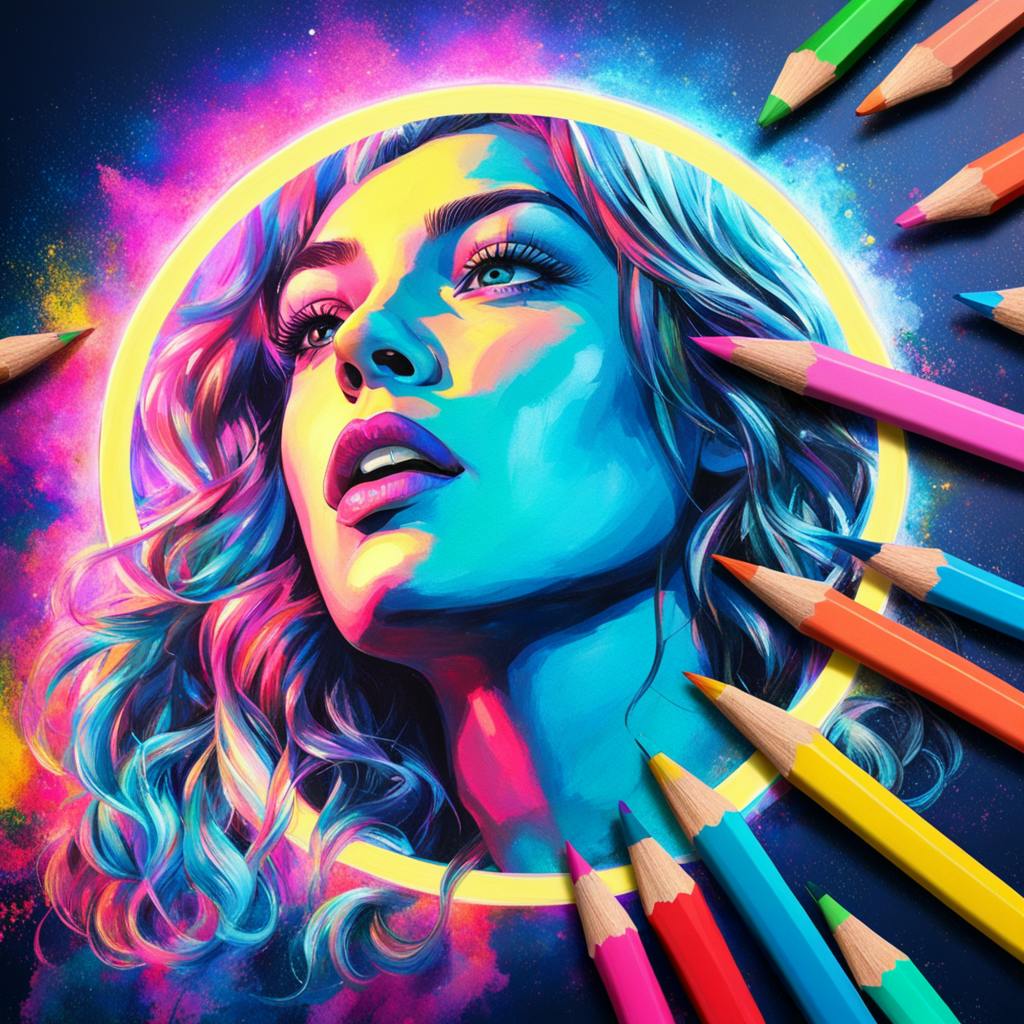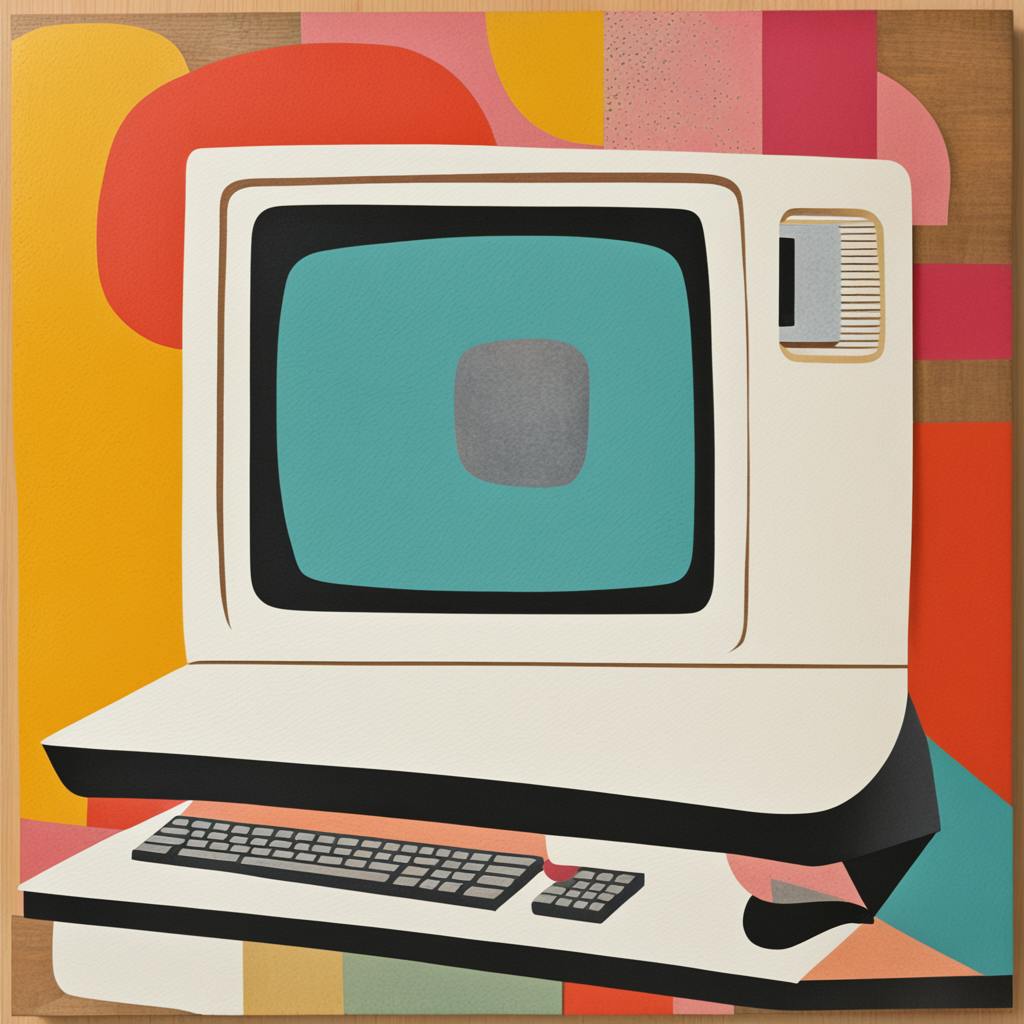Imagination often begins with the simplest of tools—a pencil. For centuries, artists have captivated the world with cool drawings with pencil, turning blank pages into works of art that inspire admiration and wonder. The magic lies not just in the tool itself, but in the mastery of shading, detail, and texture. These elements transform simple lines into realistic and expressive sketches that showcase the full potential of pencil art.
The Art of Pencil Drawings
Creating compelling pencil sketches is more than putting lead to paper. The true artistry comes from learning how to balance shading, detail, and texture:
- Shading adds depth and dimension, making flat sketches appear lifelike.
- Detail sharpens the focus of the drawing, ensuring every line carries purpose.
- Texture gives artwork a tactile quality, making subjects feel real and almost touchable.
When these three aspects work together, pencil art becomes more than a sketch—it becomes a story told through graphite.
For beginners and seasoned artists alike, inspiration is everywhere. You can draw still life objects on your desk, portraits of people, sweeping landscapes, or even abstract concepts. The bark of a tree, the curve of a sunset, or the intricate design of a building can all serve as starting points. Every attempt at drawing sharpens skill and deepens creative vision.

AI made with Owen Fegan
Techniques and Approaches
One engaging method for practicing pencil drawing is the easy stitch technique. This approach uses overlapping “stitch-like” lines to build complex images from simple strokes. It helps artists focus on detail without becoming overwhelmed, resulting in immersive works that highlight the precision of pencil art.
Texture plays an equally important role. Artists often experiment with methods such as:
- Stippling – using small dots to create gradients.
- Hatching – applying closely spaced parallel lines.
- Scribbling – layering freeform lines for natural effects.
Even the type of pencil matters: harder pencils (H range) give lighter, crisper lines, while softer pencils (B range) create darker, richer textures. Mastering these tools allows artists to bring new levels of realism to their work.
Exploring Style and Expression
Another layer of pencil art lies in the choice of style and expression. Some artists lean toward photorealism, recreating images with precise accuracy, while others embrace sketch-like strokes that highlight spontaneity and movement. Stylized pencil art—such as fantasy drawings, surreal imagery, or comic-inspired designs—proves that not all pencil work has to look “real.” Instead, it can emphasize mood, storytelling, or personal interpretation. This flexibility makes pencil drawing one of the most versatile and expressive forms of art.
Case Study: Pencilprone – A Hub for Pencil Artists
A standout resource for artists is Pencilprone, a platform dedicated to pencil art enthusiasts. From capturing butterfly wings to sketching the rugged mane of a lion, Pencilprone offers tutorials, guidance, and creative challenges to push boundaries.
The platform isn’t just about techniques—it’s also a thriving community where artists share their drawings, exchange feedback, and grow together. Whether you’re a beginner learning shading basics or a professional looking for fresh ideas, Pencilprone demonstrates how collective learning fuels creativity in pencil art.
FAQ: Cool Drawings with Pencil
What are some easy pencil drawing ideas for beginners?
Start with simple objects like fruit, leaves, or everyday items. Portrait outlines and basic landscapes are also approachable starting points.
How can I make my pencil drawings more realistic?
Focus on shading and texture. Observe how light interacts with your subject and use techniques like hatching and blending to recreate those effects.
Which pencils are best for detailed work?
Hard pencils (H to 4H) are ideal for fine lines and details, while soft pencils (2B to 8B) are better for shading and darker tones.

AI made with Owen Fegan
Is the stitch drawing method good for practice?
Yes, stitch drawing helps break down complex designs into manageable strokes, making it an excellent technique for building patience and precision.
How important is texture in pencil art?
Texture is essential. It gives depth and realism to your drawings, whether you’re replicating rough bark, smooth skin, or soft fabric.
Conclusion
At its heart, creating cool drawings with pencil is both a skill and a journey. By mastering shading, detail, and texture, artists unlock the ability to transform simple sketches into powerful expressions of imagination. With endless inspiration around us and supportive communities like Pencilprone, pencil art remains one of the most accessible and rewarding forms of creativity. Whether you’re just starting or refining your technique, each drawing is a step closer to turning graphite into something truly magical.

